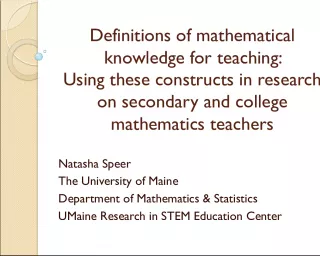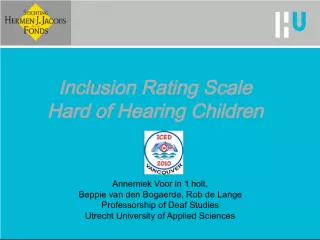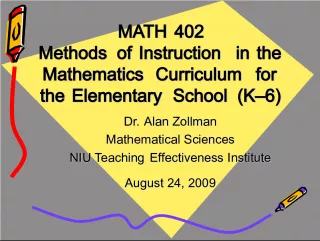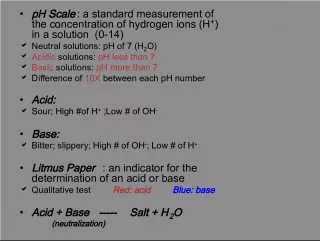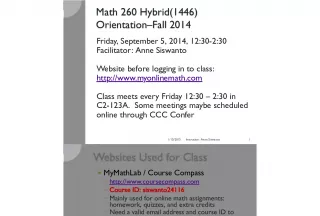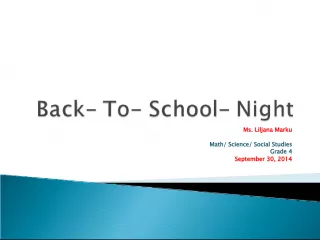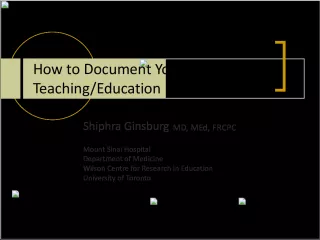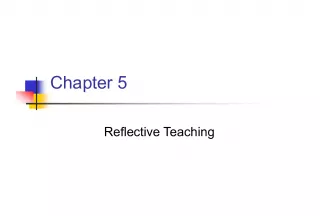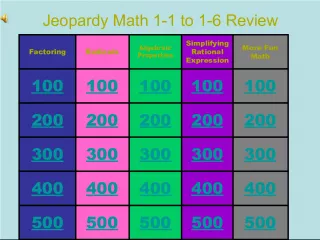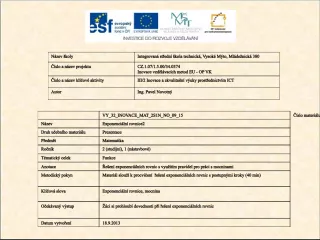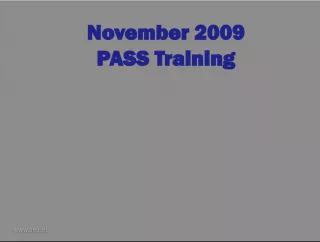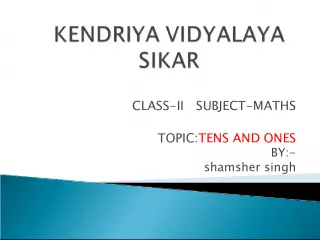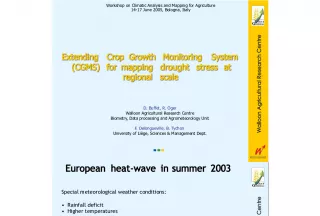CCSSM Implementation Plan: Improving Math Teaching at Scale
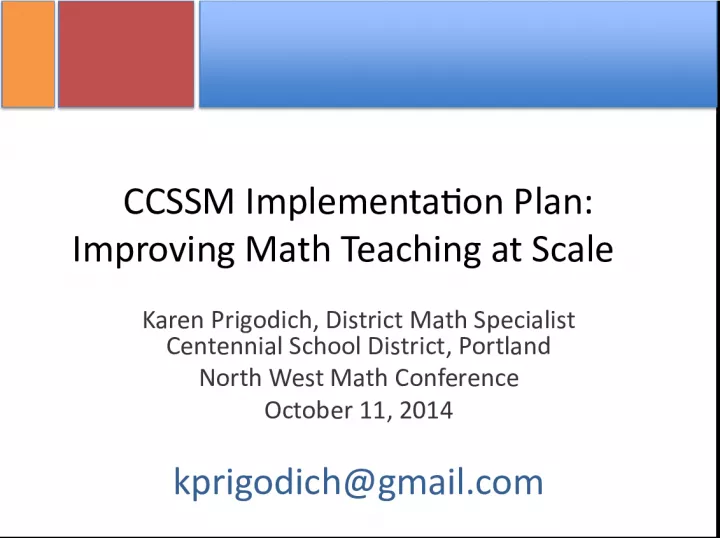

Karen Prigodich, District Math Specialist at Centennial School District, presented at the Portland Northwest Math Conference on October 11, 2014 about improving math teaching at scale through CCSSM implementation. She encouraged reflection on current teaching practices and consideration of the CCSSM Leadership Framework.
- Uploaded on | 2 Views
-
 mahika
mahika
About CCSSM Implementation Plan: Improving Math Teaching at Scale
PowerPoint presentation about 'CCSSM Implementation Plan: Improving Math Teaching at Scale'. This presentation describes the topic on Karen Prigodich, District Math Specialist at Centennial School District, presented at the Portland Northwest Math Conference on October 11, 2014 about improving math teaching at scale through CCSSM implementation. She encouraged reflection on current teaching practices and consideration of the CCSSM Leadership Framework.. The key topics included in this slideshow are . Download this presentation absolutely free.
Presentation Transcript
Slide1CCSSM Implementation Plan:Improving Math Teaching at Scale Karen Prigodich, District Math Specialist Centennial School District, Portland North West Math Conference October 11, 2014 kprigodich@gmail.com
Slide2Improving Math Teaching at ScaleWelcome! • While you are waiting, use the survey at your seat to reflect: – Where are you and/or your district with regard to the Math Teaching Practices defined in NCTM’s Principles to Actions ? – To what degree has your district considered the elements of the CCSSM Leadership Framework from NCSM’s It’s TIME?
Slide3Progress and Challenges Over 25 years of Standards-Based Math Reform: • steady rise in the number of students scoring “proficient” or above in math on the NAEP • true for all students , regardless of gender, ethnicity, or SES • average mathematics scores on TIMMS for U.S. 4 th and 8 th grade students rose 23 and 17 points, respectively Mathematics achievement of U.S. students is at historically high levels
Slide4Progress and Challenges Significant challenges remain: • Persistent achievement gaps between white & black, white & Hispanic students • Pervasive opportunity gaps in the mathematics that students have the opportunity to learn • Only 44% HS grads demonstrate college readiness in math • PISA—US scores in decline, show some success with low- level skills items but struggle with mathematical modeling and reasoning We must move from “pockets of excellence” to “systemic excellence.” -- Principles to Actions NCTM, 2014, p. 3
Slide5NCTM’s Vision of Ambitious Teaching• Teachers support students to solve cognitively demanding tasks • Press students to provide evidence for their reasoning and make connections between their own and their peers’ solutions • Orchestrate whole-class discussions in which they build on students’ contributions to achieve their mathematical agendas for students’ learning • Learning opportunities are distributed equitably
Slide6Five Key Components for Improvingthe Quality of Math Teaching at Scale ① Coherent instructional system ② Teacher networks ③ Mathematics coaching ④ School instructional leadership ⑤ District instructional leadership Instructional improvement at scale requires the coordination of all five components. Cobb, P., & Jackson, K. (2011). Towards an empirically grounded theory of action for improving the quality of mathematics teaching at scale. Mathematics Teacher Education & Development , 13 (2), 6–33.
Slide71. Coherent instructional system• Explicit goals for students’ mathematical learning • Detailed vision for quality mathematics instruction that specifies high-leverage instructional practices • Instructional materials /tools designed to support teachers’ development of practices • District teacher professional development (formal and job-embedded) – Focuses on specified practices – Organized around instructional materials – Sustained over time • School-based PLCs for teachers to discuss/rehearse/adapt practices introduced in PD • Assessments aligned with goals for student learning • Additional supports for struggling students
Slide82. Teacher Networks• Supported by coherent instructional system • Trust • Mutual accountability for student learning • Access to expertise of others • High-depth interactions : discussing different solution strategies to math tasks, analyzing student work • Presence of accomplished teacher leader /coach essential
Slide93. Mathematics Coaching• Leadership in PLC meetings • Co-teaching , joint planning, observing, joint analysis of lesson • Foreground specific instructional practices focused on in professional development • Model specific routines of interaction : e.g. Press teachers to identify math relationships students need to understand in a task. • Coaches also need scaffolding, practicing these activities with district mathematics specialists
Slide104. School Instructional Leadership• Principals must be able to distinguish between strong and weak inquiry-oriented math lessons • Distinguish between cognitively low- and high- demand math tasks • Recognize key aspects of ambitious mathematics teaching • Distributed model of school instructional leadership: Collaborative relationship w/Coaches – Coaches: supporting teachers’ learning – Principals: pressing/holding teachers accountable for developing intended instructional practices
Slide115. District Instructional Leadership• Shared goals and vision , but also agreement on what to hold school leaders, coaches, and teachers accountable for • Instructional Improvement (improving quality of instruction) and Instructional Management (allocation of resources) need to be tightly coordinated • Regular opportunities to collaborate together • Learning perspective : Not about enforcing compliance but facilitating learning
Slide12Where are we now?What are our next steps? Discussion
Slide13Sources• Cobb, P., & Jackson, K. (2011). Towards an empirically grounded theory of action for improving the quality of mathematics teaching at scale. Mathematics Teacher Education & Development, 13(2), 6–33. • NCSM (2014). It's TIME: A Leadership Framework for Common Core Mathematics . Solution Tree: Bloomington, IN. • NCTM (2014). Principles to Actions: Ensuring Mathematical Success for All. Reston, VA.
